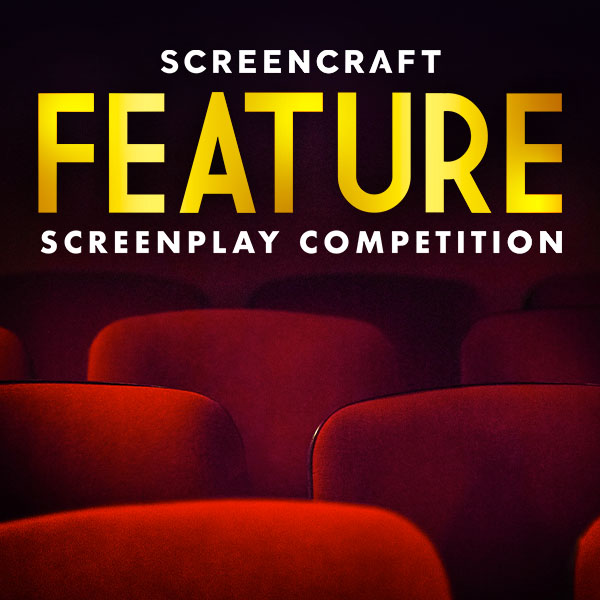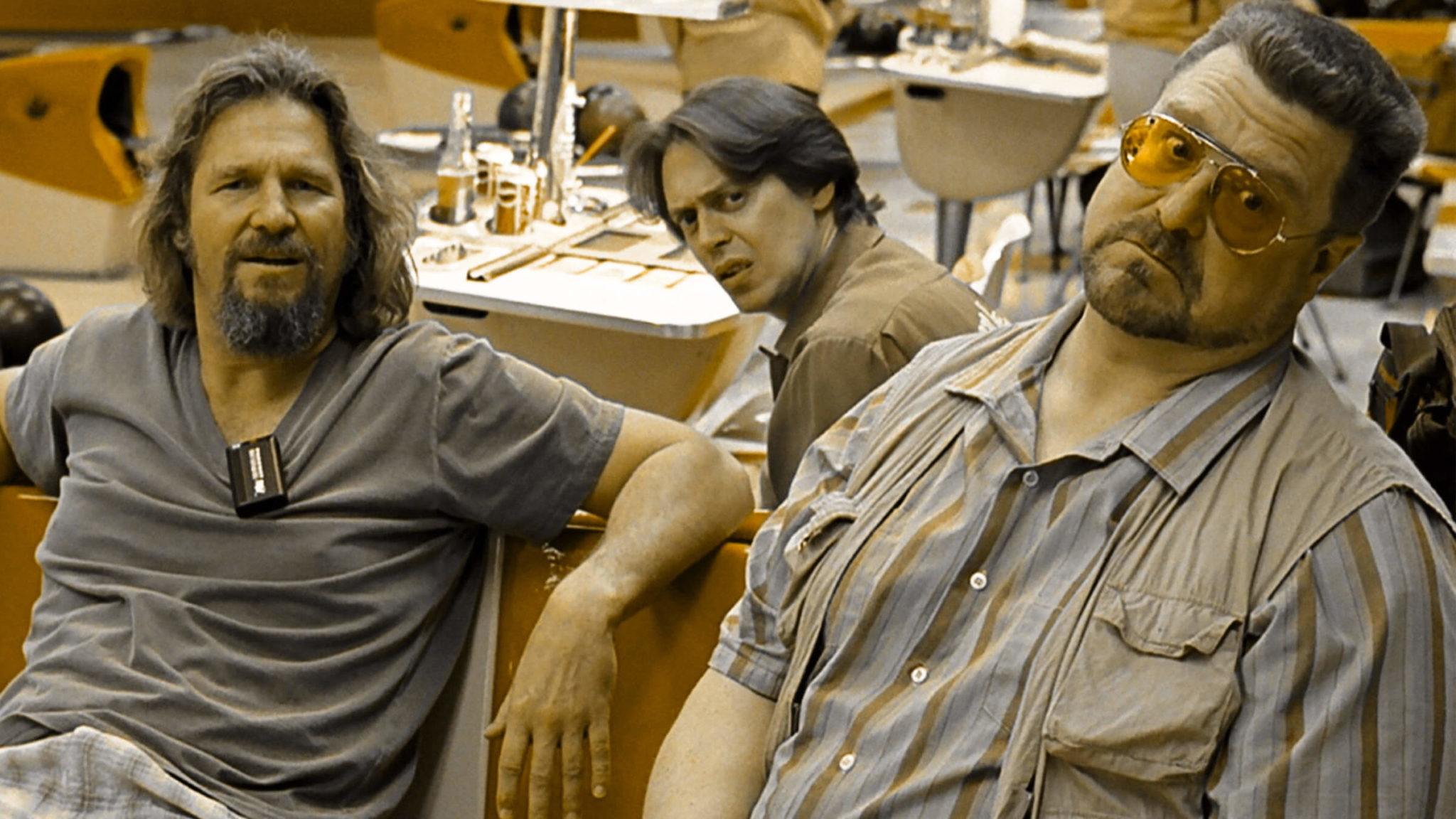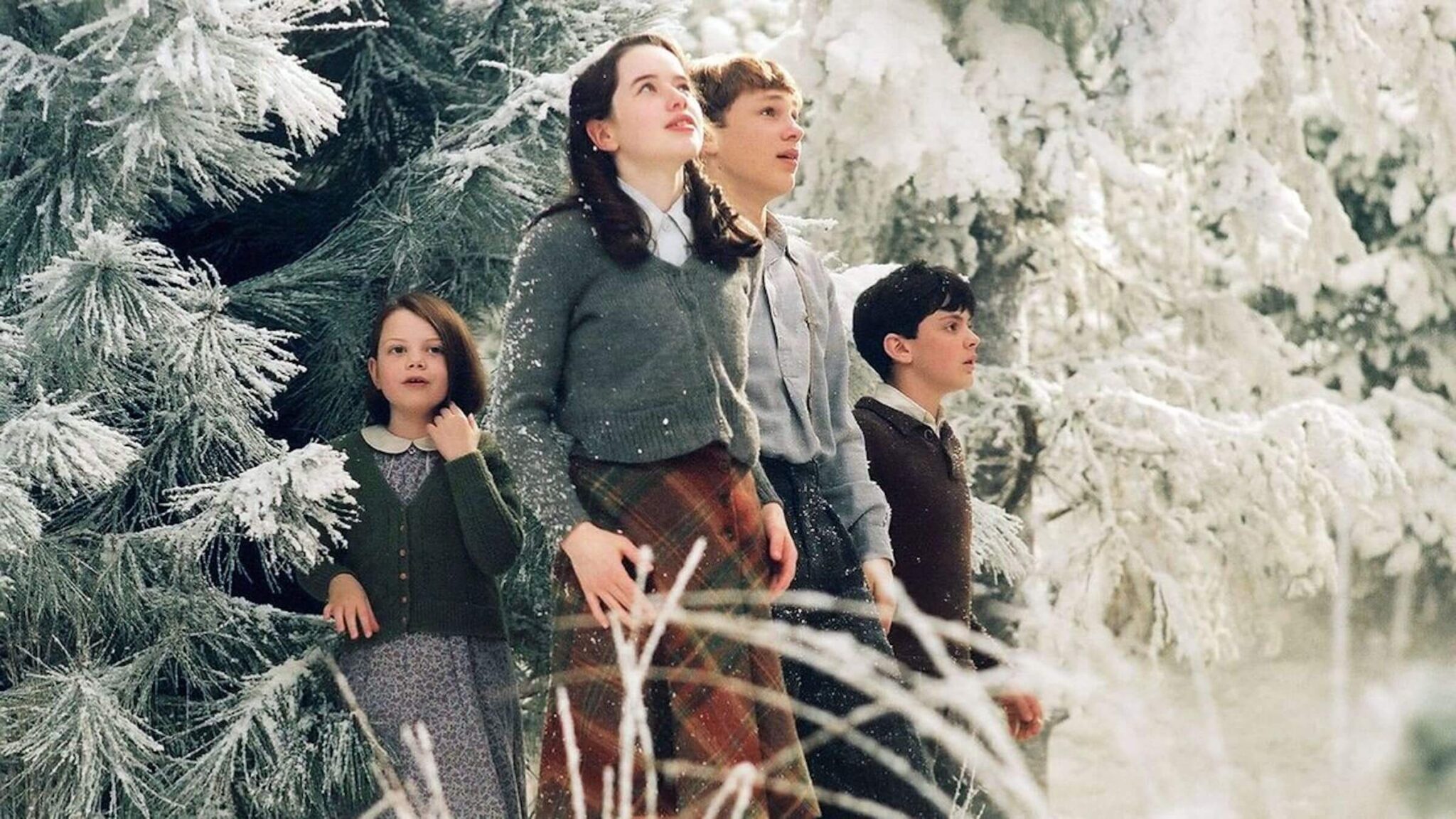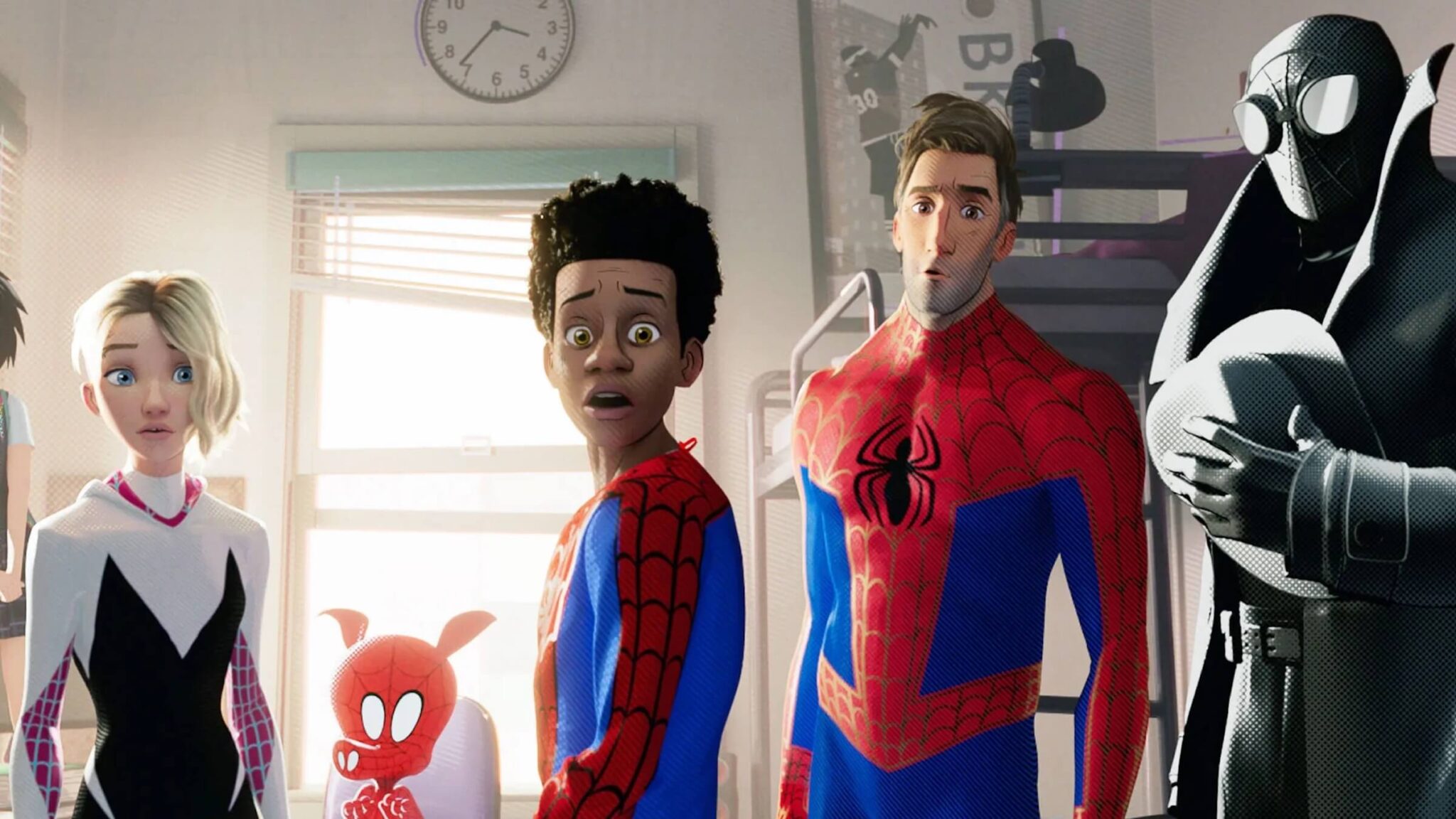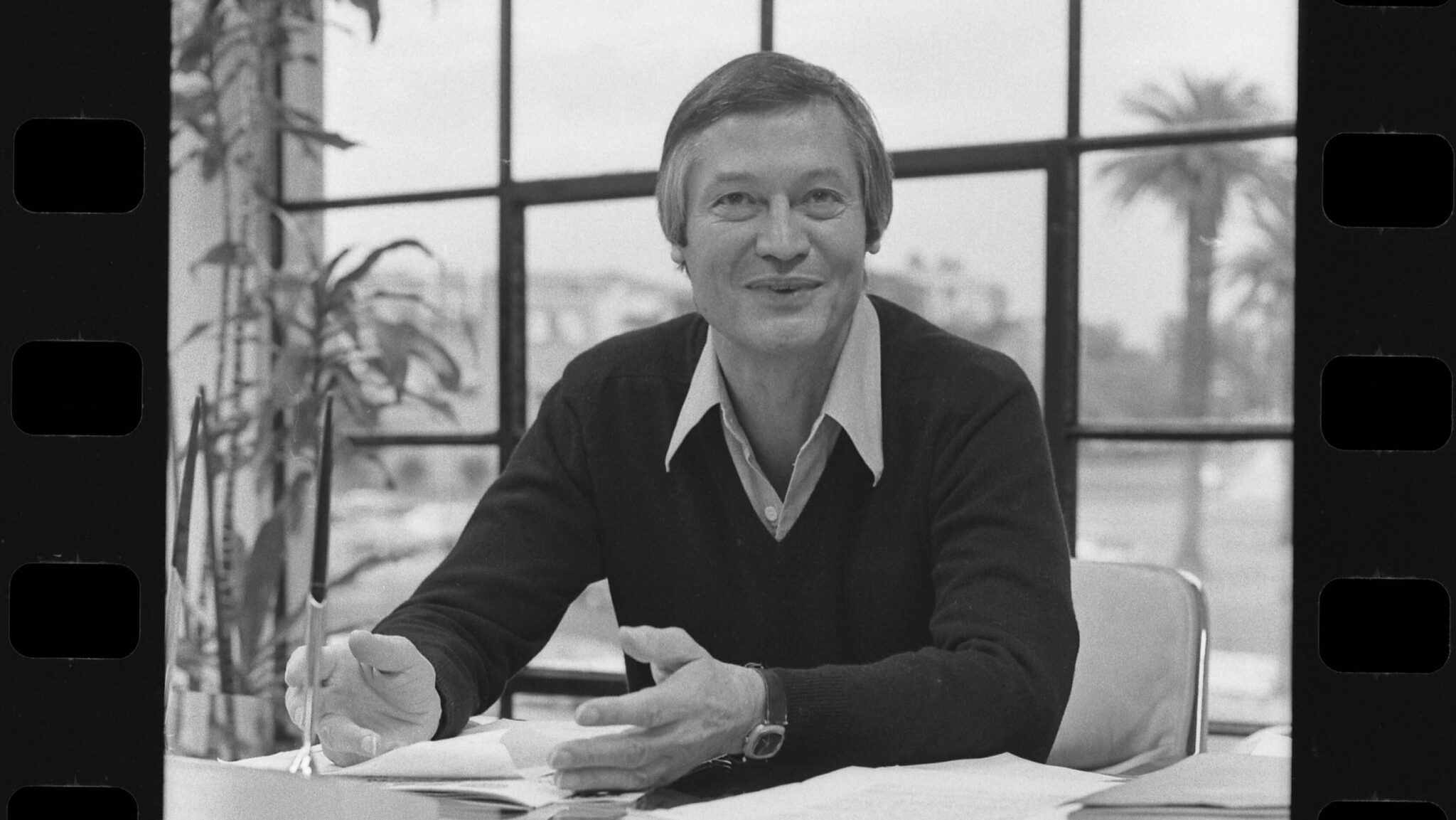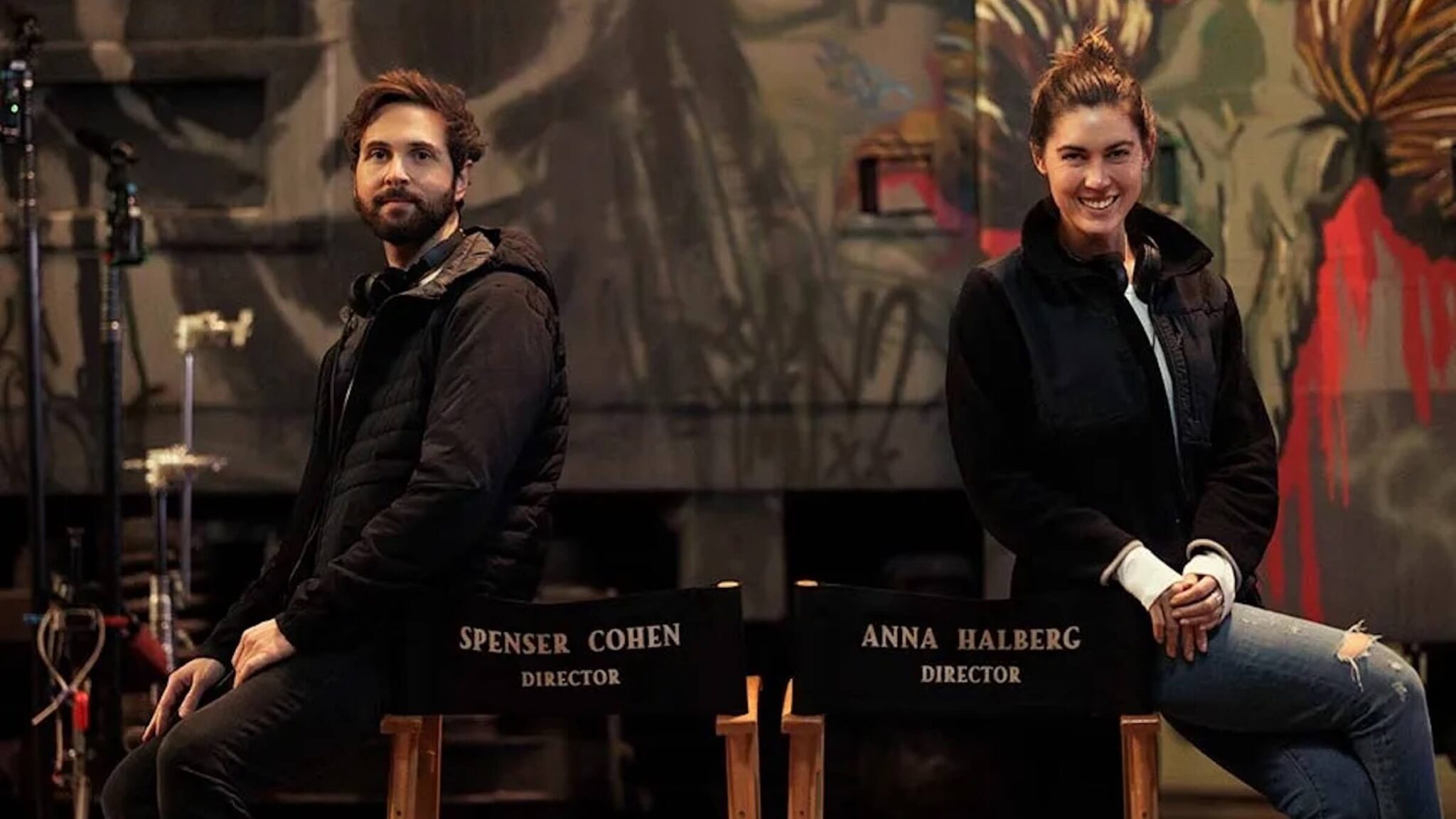Interview: Screenwriter Jane Goldman on ‘The Limehouse Golem'
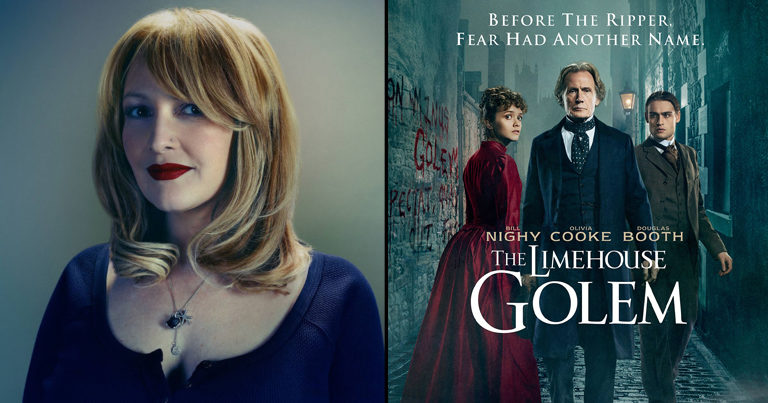
By: Christopher McKittrick
While too few women have been offered the opportunity to write blockbuster movies, English screenwriter Jane Goldman stands out as one of the most successful over the past decade. Films she has written or co-written have grossed nearly $1.5 billion at the worldwide box office, placing her among the most successful screenwriters in the industry. Her latest film, the Victorian murder mystery The Limehouse Golem, is set for a theatrical and VOD release on September 8, just weeks before the release of the eagerly anticipated sequel Kingsman: The Golden Circle (which Goldman co-wrote).
The former journalist and television presenter received her first screenplay credit when she co-wrote the script to the 2007 fantasy film Stardust, an adaptation of the Neil Gaiman novel. Goldman’s subsequent credits include Kick-Ass (2010), The Debt (2010), The Woman in Black (2012), Miss Peregrine’s Home for Peculiar Children (2016), and her most successful films, X-Men: First Class (2011) and Kingsman: The Secret Service (2014).
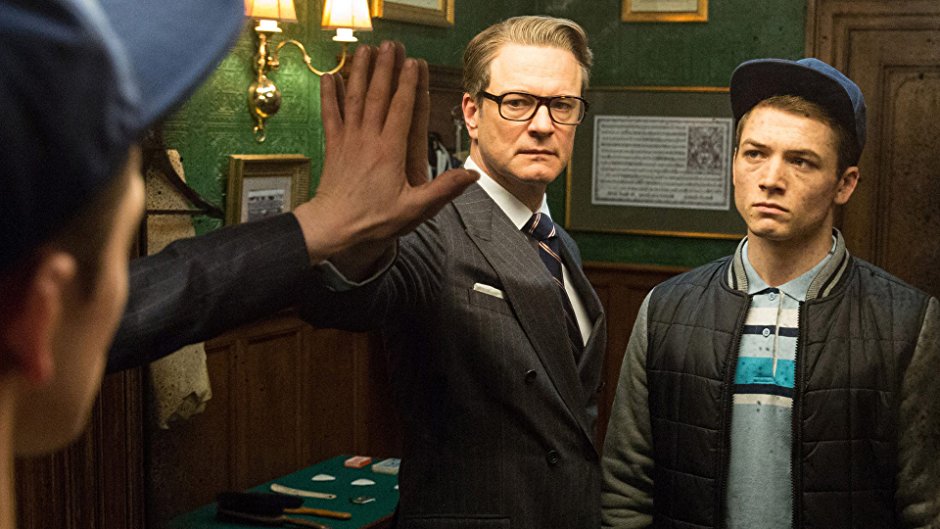 Though Goldman often co-writes her screenplays with frequent collaborator Matthew Vaughn (director of Stardust, Kick-Ass, X-Men: First Class and both Kingsman: The Secret Service and its upcoming sequel), she adapted The Limehouse Golem herself from English writer Peter Ackroyd’s 1994 novel Dan Leno and the Limehouse Golem (titled The Trial of Elizabeth Cree in the United States).
Though Goldman often co-writes her screenplays with frequent collaborator Matthew Vaughn (director of Stardust, Kick-Ass, X-Men: First Class and both Kingsman: The Secret Service and its upcoming sequel), she adapted The Limehouse Golem herself from English writer Peter Ackroyd’s 1994 novel Dan Leno and the Limehouse Golem (titled The Trial of Elizabeth Cree in the United States).
The Victorian streets of Limehouse district in east London are ravaged by a series of vicious murders so heinous that the community believes it is the work of a Golem – a beast out of Jewish folklore. Veteran detective Inspector John Kildare (Bill Nighy) is assigned to the case by officials who mistrust him and have little faith in his ability to solve the murders. However, Kildare finds hope when he questions the outcast performer Elizabeth Cree (Olivia Cooke), who potentially knows information vital to finding the true killer.
We recently interviewed Goldman to discuss what drew her to The Limehouse Golem, how her journalism and non-fiction writing background prepared her to write screenplays, and why she compares screenplay adaptation with translating.
You came to screenwriting from a journalism/non-fiction writing background. How did that prepare you for writing for the screen?
I think both aspects did – particularly non-fiction writing just in terms of researching, structuring, and the mechanics of it all. That in many ways felt like a really helpful foundation for me. The art and the imagination of all of it is something that people have a passion for and that part is hard to teach, whereas the discipline and the technicalities of structure come best with practice.
As with both The Limehouse Golem and Kingsman, much of your screenplay work has been adaptations of either comics or novels. Do you have a particular approach when adapting?
I have a general approach. The first step is that I take a close look at how movie-shaped it is. If it is not movie-shaped, I look at how it could become more so – usually there’s a sense of, “This doesn’t feel like the end of a second act” or something like that.
I always spend some time breaking down the source material and making notes on things that I want to replicate exactly from the source material. Then I think about the other things that I will need to add in to translate the feeling you get as a reader.
I often compare adaptations to being a translator. It’s not just about making a literal translation of what somebody has said, it’s also about trying to understand and convey the spirit of what they said. Sometimes the way to do that is to vary it in your language, which in this case is the language of film.
What in particular interested you about adapting The Limehouse Golem?
What’s funny is that I read the book long before I was screenwriting. I think it was the only time that I can remember when I read a book and thought, “Gosh, I hope somebody makes a movie of this!” I even went and looked up whether someone was planning to make a movie of it.
I think I just fell so in love with the world of it: Victorian London, the music halls, and the characters. I was so excited by the whole milieu of it that I thought it was something I would so love to see brought to life.
Even though I wasn’t actually screenwriting then, that was something that was in my mind. When I looked it up I saw that someone was planning to make it, but it never happened. Weirdly, years later I was on a film jury together with the producer whom I had read had the rights and I asked him whatever happened to the adaptation and said that I loved the book. That is how this came about, because he said the rights were free again and asked, “Do you want to do it?”
In the case of Limehouse Golem, it is a procedural mystery. Are there any challenges with writing that kind of screenplay?
There certainly are! I adore mysteries, and there’s obviously the challenge of making a satisfying mystery. The other challenge is that mystery is running concurrently with another line of investigation so it’s not just about who did it, but it’s also about if somebody knows more than what she is saying and could perhaps help with the investigation. We’re also learning about that character and why she might be protecting someone or might not be.
The really big challenge for me was balancing the procedural mystery with getting deeper into the central character.
I want to ask you about two characters and their roles in the film. First, John Kildare. What do you feel makes him unique?
I liked the idea of a detective character who was not the best detective in the world and not constantly in control. There’s that kind of Victorian idea of the Sherlock Holmes detective, and I didn’t want him to be that. I wanted him to be a guy who is almost having a second chance in life.
He’s been passed over not because he’s not competent or not clever, but because his colleagues are prejudiced against him for other reasons. That’s beaten him down rather than galvanizing him. He’s very worn down by life.
I felt that in terms of the interaction between him and Elizabeth, who is his greatest hope for someone who could help him solve the mystery, it was important for them both to have a sad sense of life having treated them badly and grasping for a second chance. 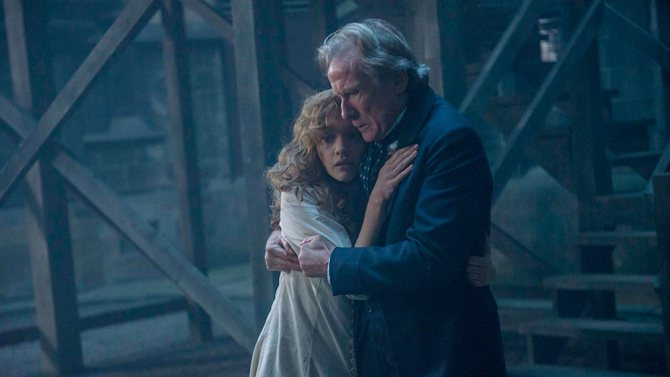 Of course, Elizabeth is also a multi-layered character.
Of course, Elizabeth is also a multi-layered character.
When I read the book, I adored the complexity of Elizabeth. She’s had an incredibly hard life, and at times you feel empathy for her and feel her victimhood, but she doesn’t invite that.
In the book, she felt to me like such a fresh character. She wasn’t a sort of spunky survivor, nor was she a beaten down victim. She is so multi-faceted, and it was an absolute gift to be able to write around a character like that. There are times when you deeply feel for her and root for her, and then there are other times when you question her.
I enjoyed that flawed complexity, which makes her very interesting because it’s something we don’t see frequently in female characters. These days there’s a tendency of making strong female characters without flaw. They’re always brilliant, instantly likable, and utterly empathetic. It was refreshing that Elizabeth is not necessarily any of those things.
You mentioned that one aspect of the novel that you really liked were the theatrical elements. What did you enjoy about playing in that world?
I just always loved the aesthetic of music halls and vaudeville. It has such a weird, tawdry glamor to it, and something slightly creepy. [Laughs] It’s hard to put my finger on it, but it’s one of those worlds that I’ve always found intoxicating and I think it has that effect on a lot of people. That was one of the things I was most excited about seeing brought to life.
There’s also something about it being slightly outside of society. The rest of Victorian society is extremely buttoned up. People don’t express themselves, but when you step through the doors of the music hall the rules of society are slightly different. Of course, that absolutely attracts the people who are on the fringes of society. That's always going to be interesting. You can bring in characters like [famed real-life music hall performer] Dan Leno, who was a real person but wasn’t actually how he is portrayed in this film. He was certainly a fascinating performer and I love our version of him.
Are you influenced by any particular screenwriters or screenplays?
I admire lots of screenplays that have beautiful dialogue and instruction, but I don’t think I’ve ever been influenced to do something differently. I always try to write in a way that best serves the material of what I'm adapting or what best serves the genre when I’m not adapting. I just try to do my best work. I know that’s such a boring answer! [Laughs]
For all the latest ScreenCraft news and updates, follow us on Twitter and Facebook!
Tags
Get Our Screenwriting Newsletter!
Get weekly writing inspiration delivered to your inbox - including industry news, popular articles, and more!


